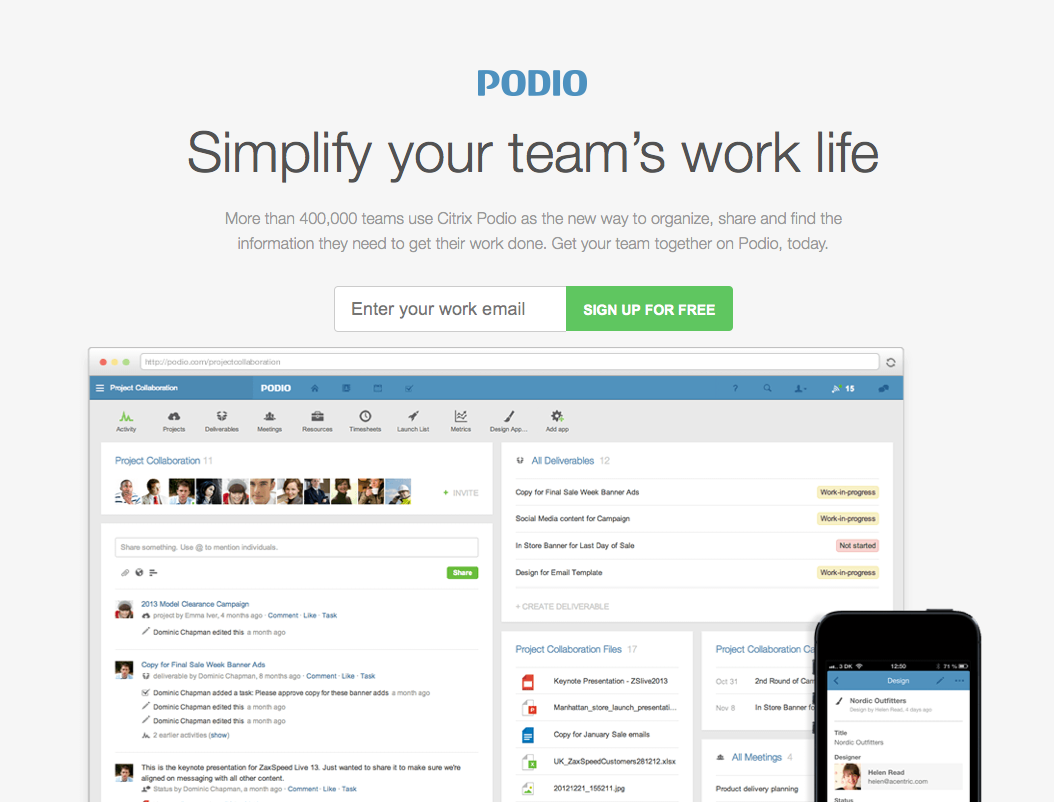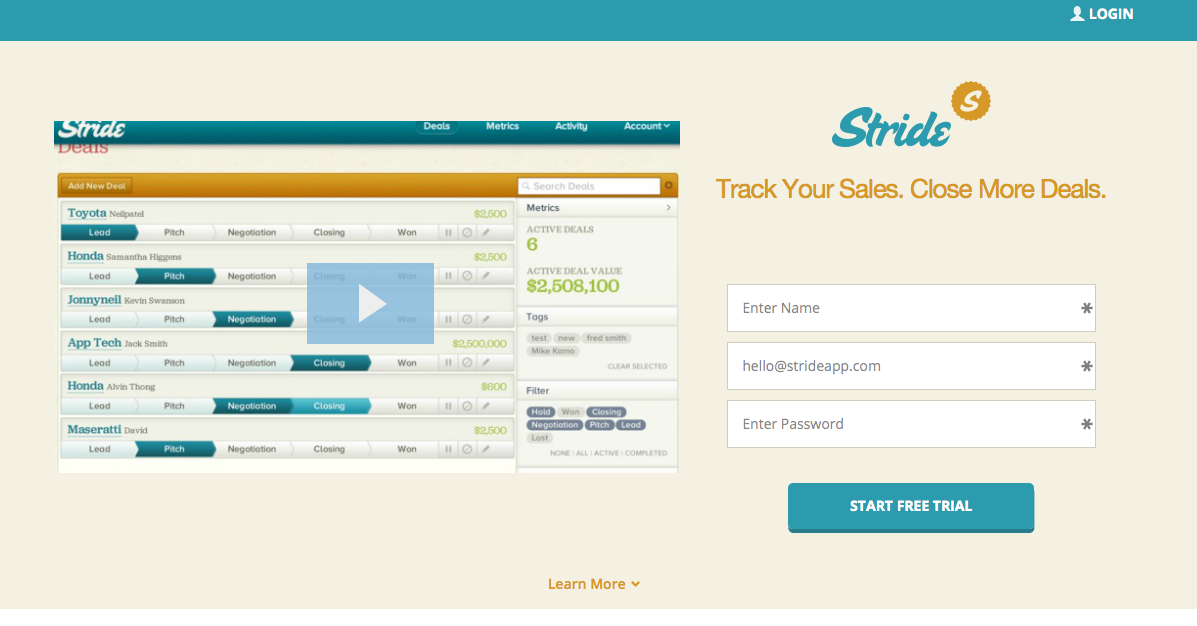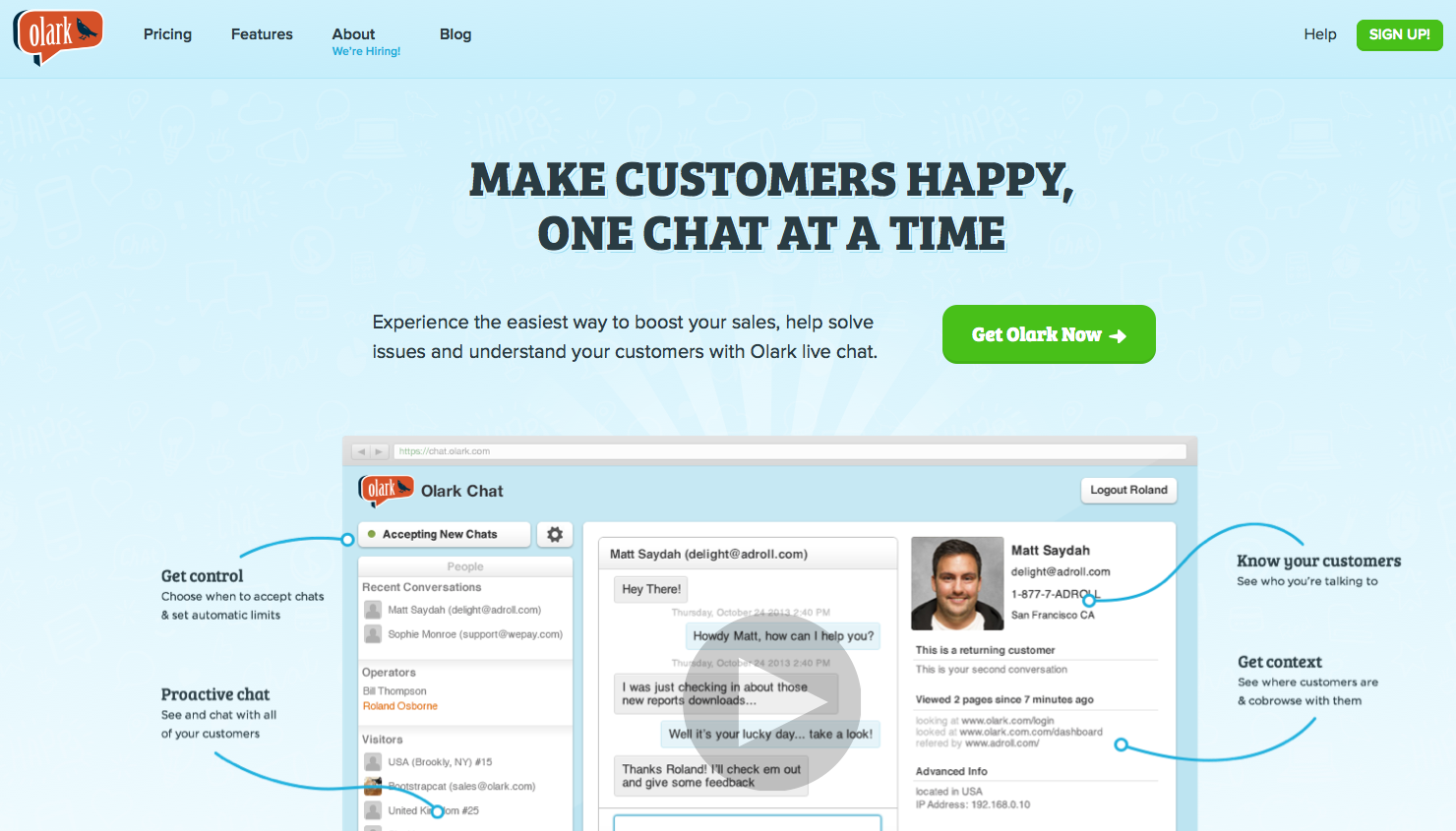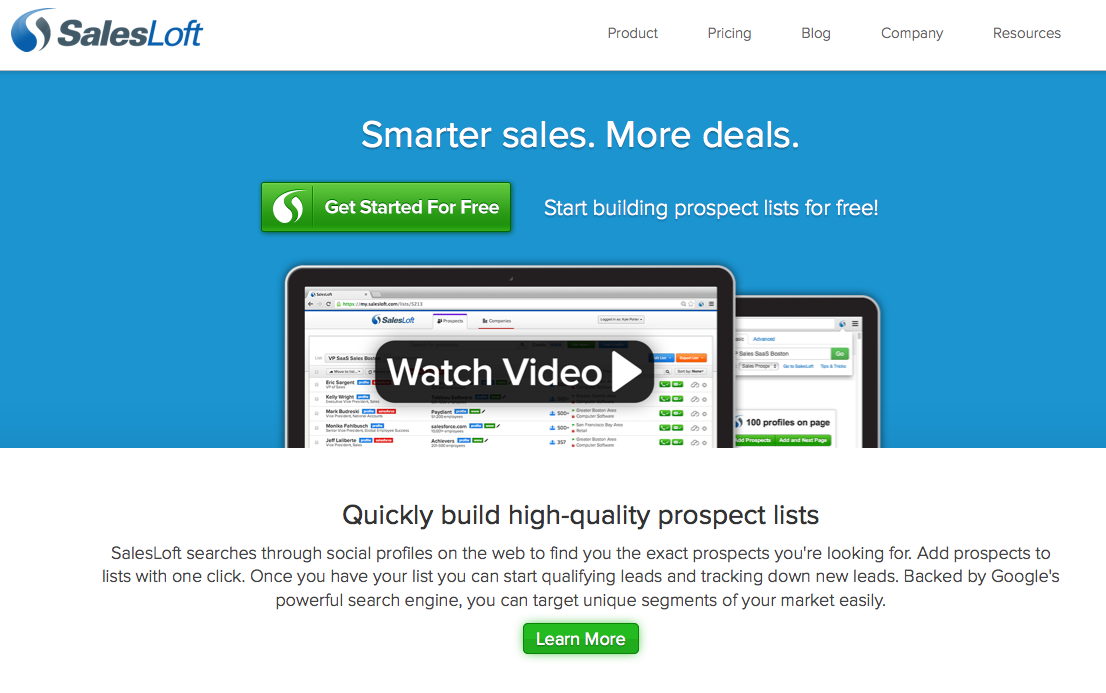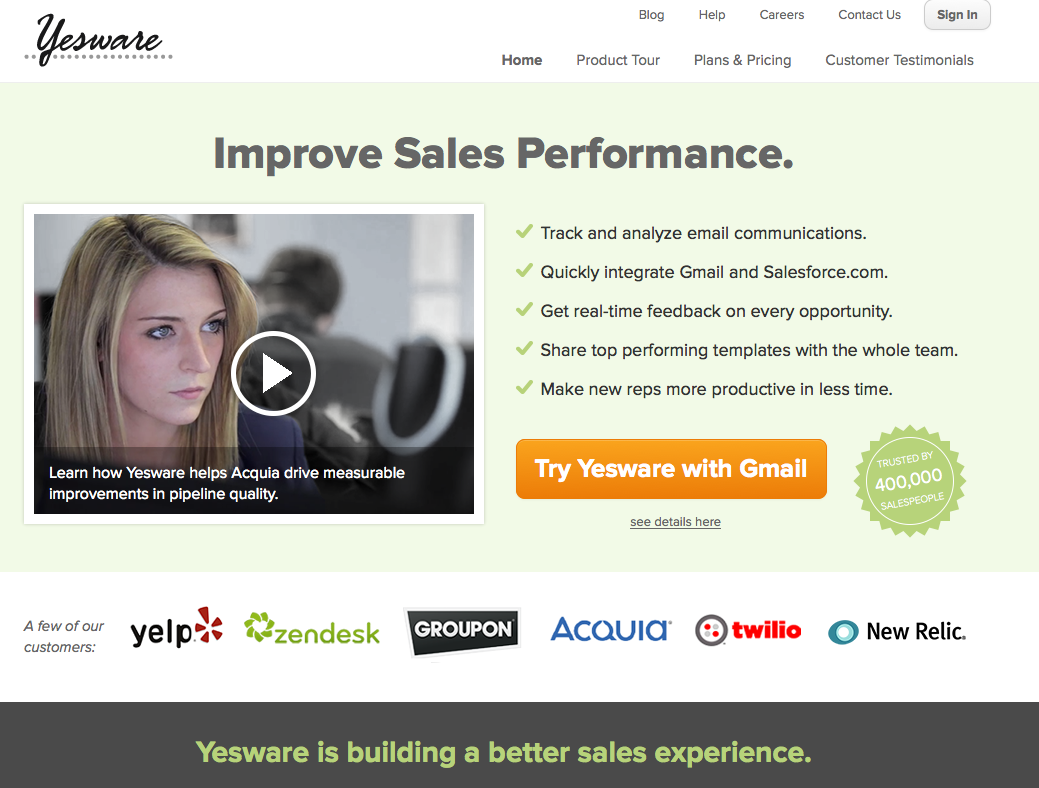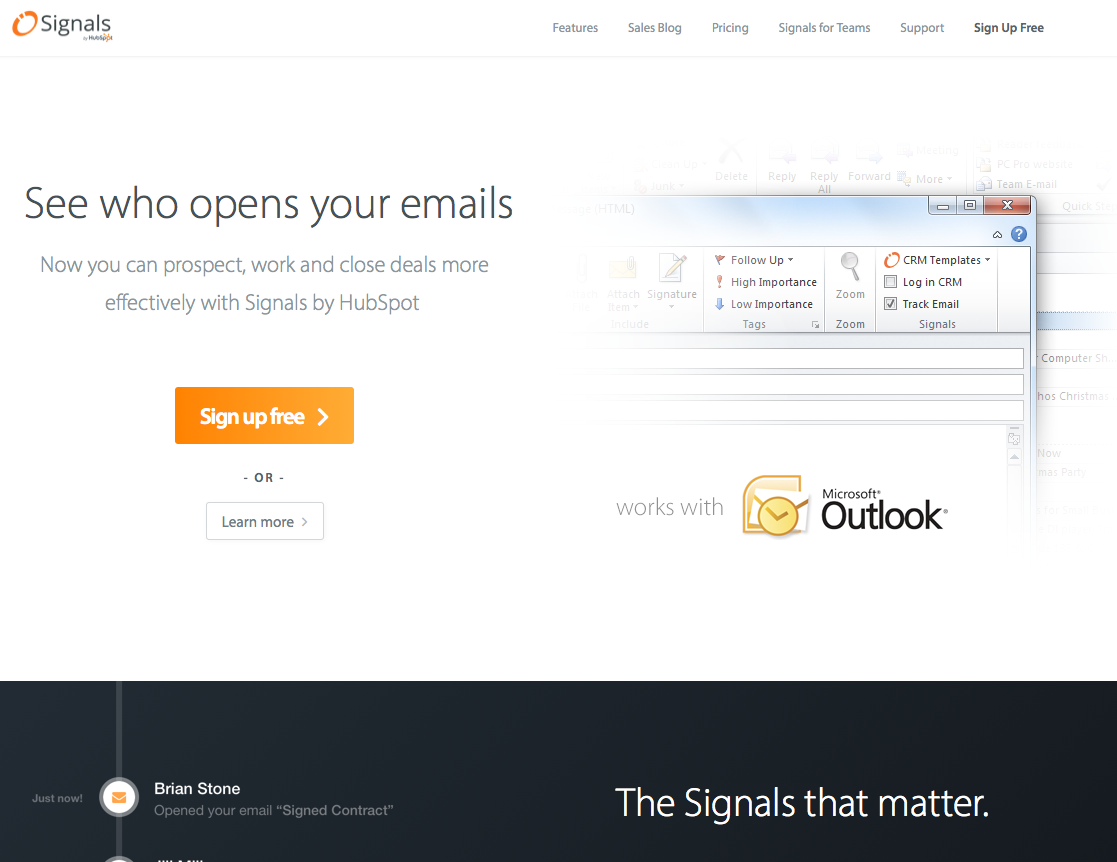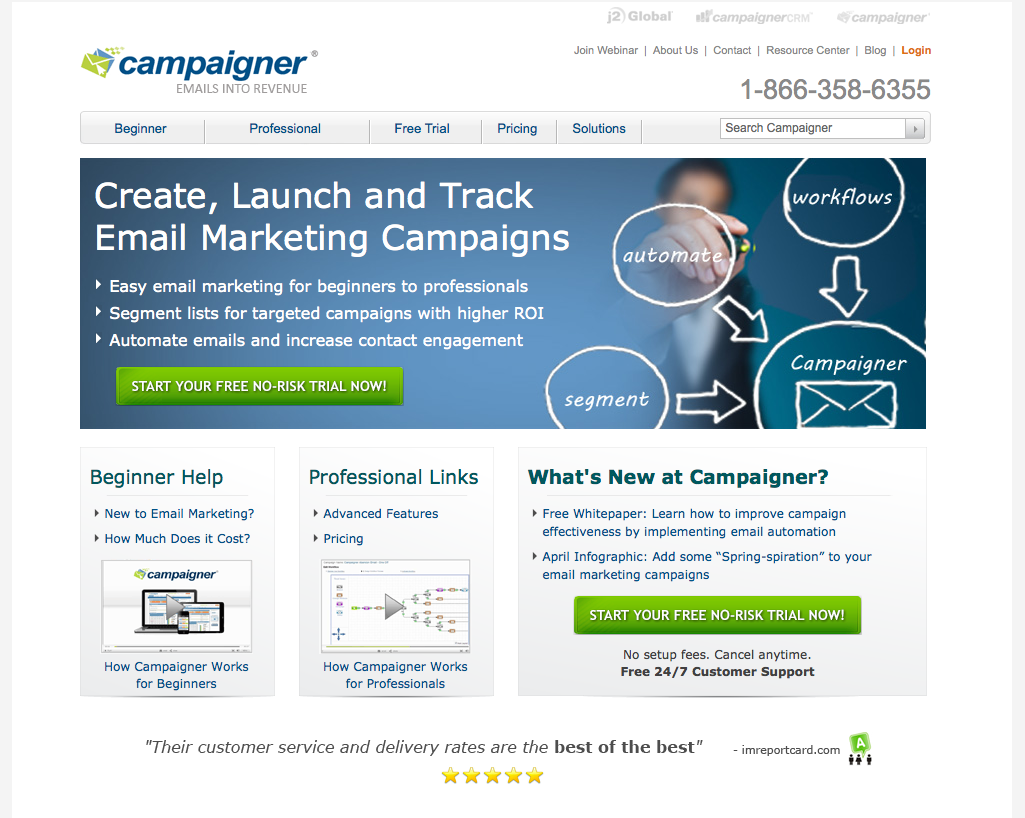Getting a successful startup off the ground is challenging enough. Make it easier on yourself and your team by adding a few productivity tools to your arsenal. These 10 tools will help make your work day more time efficient, your team more productive, and your business more profitable. In other words, here are the 10 tools you need if you mean business.
Click here to get to the list
1. Podio
Your first priority should be to get your team organized and have a central location for everyone to collaborate on projects, discuss ideas, and keep track of what needs to be done.
Podio is a cloud-based tool for project management that allows you to manage any kind of project, no matter the size or scale. Podio can be used from anywhere on any device, and you can seamlessly switch back and forth between desktop and mobile. You can assign tasks to individuals or groups, keep track of deliverables, create a shared calendar of upcoming deadlines, and keep track of your team members’ progress along the way.
2. Strideapp
With a central location for your workload in place, now you’ll need a platform where you and your team can go to keep track of sales.
Strideapp is the perfect customer relationship management (CRM) tool for helping to close more deals. Stride provides an overview of prospects and potential clients, and the stage in which they stand in the sales pipeline. With real-time collaboration, you can see how well your team is performing and what needs to be done to push the deal along to the closing stage. Stride also offers metrics and insights to help optimize your team’s performance. See how much time is being spent on each stage of the sales process. Find out where time is being wasted and adjust your sales process accordingly.
Strides comes complete with cloud storage and integrates with Gmail, Outlook, Dropbox, and many other of your favorite applications.
3. Olark
Being able to chat with potential customers in real-time, and answer their questions as soon as they have them, is a powerful way to help move prospects further down the sales funnel.
Olark is live chat software that you can embed into your website. With Olark, you can solve problems, respond to customer concerns, and learn more about their wants and needs while they’re still on your website. Being able to chat with someone instantly could make all the difference between making a sale and losing a customer.
4. SalesLoft Prospector
Now it’s time to put some leg work into finding more prospects to drive back to your site.
SalesLoft is the ideal tool for finding prospects online. With SalesLodt, you can search through social media profiles to target your next prospects. SalesLoft has a Chrome browser extension for quick searches, and it’s easy to add a prospect to your list with one click. You can import contacts directly from social networks and capture the name, title, company, email, phone number, location, industry, and more while viewing public profiles.
5. LinkedIn Advanced Search
If you’re not ready to commit to a paid sales prospecting tool just yet, LinkedIn Advanced Search is the best free alternative.
With LinkedIn’s Advanced Search, you can you can find potential customers by searching through keywords, industries, locations, job titles, companies worked for, and more. LinkedIn is responsible for 64% of all visits from social media channels to corporate websites. By comparison, Facebook accounts for 17%, while Twitter is just 14%.
6. YesWare
Once you have your list of prospects nailed down, the next step is sending emails. As a startup, you already have more than enough email to deal with, so don’t make this step any more painful than it has to be.
With YesWare you can create templates for contacting prospects, answering frequently asked questions, providing customer support, or anything else you might need to suit whatever your specific needs are. YesWare tracks the templates to see how well each one is working. It also helps you to make smarter decisions by providing detailed analytics that will help you choose the best template to use and when.
7. Signals
With all of those emails now sent out to your prospects, you’ll need a tool like Signals that notifies you when emails have been opened so that you know the best time to follow up.
Signals will alert you once an email has been opened or a link in the message has been clicked on. With this information, you can make an informed decision as to when to send a follow up email or make a call. For example, if you receive a notification that a prospect has clicked on a link to your pricing page, that would be a great time to get in touch, since that’s when your business is top of mind.
8. Campaigner
After sending out emails to your prospects, maybe you’ve found out that some of them aren’t quite ready yet to close a deal, but that they’re still very much interested. At this point, you can move those warm leads into an automated marketing campaign, otherwise knows as a “drip campaign.” A drip campaign sends out a pre-written set of emails to qualified prospects over a period of time.
Campaigner is the ideal tool for creating and managing your drip campaign.
Ideally, your drip campaign emails are designed to further educate prospects about your products and services, providing them with the information they need to move them further along through the sales pipeline.
Here’s a case study about how a fitness company boosted their conversion rate by 98%, thanks to educating their prospects with an email drip campaign.
9. Ballpark
Now that you’re closing more deals, you’ll need something to help keep all of your payments neatly organized.
Ballpark is a versatile tool for sending quotes and invoices, as well as keeping track of received and outstanding payments. Ballpark has a smartphone app that sends you alerts when a prospect has looked at your quote, accepted your quote, sent a payment, and so on. The apps can also be used for quick and easy invoicing on the go.
10. Harvest
With the payments from clients and customers rolling in, it’s important to keep your team paid on time for all of their hard work.
Harvest is the ideal tool for managing those employee payments. With Harvest, you can keep track of hours worked and projects completed by your in-house team. The clean and intuitive interface makes doing payroll as easy as possible.
Conclusion
With all or even some of these tools in place, your startup will be identifying prospects, closing deals, and processing payments faster and more efficiently than ever before. And at the end of the day, it’s still all about getting the job done.





